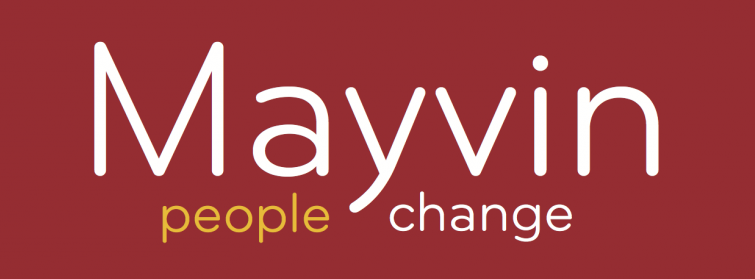Integrating AI into Work
We are well-saturated with insights and the excitement around generative AI. In a recent episode of Mayvin’s Research Hub podcast, we joined the conversation with Ed Shrager from Charity Culture Catalyst to explore both the opportunites and risks in integrating into our ways of working.
I am a confessed Ai explorer, and I remain very cautious too. Bringing AI into our conversations, decision making, data crunching and sense making is not going to be a free ride. We need to navigate this new addition to the team carefully, curating their role, helping people adjust and work out how to use it ethically and appropriately.
For many of us, the possibility of AI offers a non-judgemental work companion to help us to work even more effectively and reshape what our work is. Ed and I discussed all sorts of ways in which we can already do this from using AI to short-cut sense making and extract useable data in seconds, to spark ideas as a creative companion, as well as helping to inform decision making.
There is a risk here for our organisational fabric. Beyond the obvious data privacy and high-speed railroad towards a singularity, we need to consider carefully the implications for relationships, connection and collaboration as we bring in this new member of the team. What status does your AI companion hold? Where does accountability lie if AI is starting to do some more of the work for us? To what extent will we devalue actually talking to another real person, if they can get a quicker answer with zero judgement from their computer?

Integrating AI into Work
So with my OD goggles on and a good dose of enthusiasm and caution in each hand, what can AI offer if you are just starting out?
1. Keeping AI status in check
AI’s primary strength lies in its ability to streamline repetitive and data-heavy tasks. It is not there to give you the answer; clear accountability must remain with a real person. However, using AI to automate administrative work and improve decision-making by analyzing large datasets offers a huge advantage. AI frees up time for higher-value tasks like strategy, creativity, and relationship-building.
Start small. Identify time-consuming, repetitive tasks that can be easily streamlined through AI applications. Encourage and support your people to use AI to augment their most human capabilities. Chamorro-Premuzic puts this beautifully in his book I, Human (2023).
“The true competitive advantage is in human attributes – creativity, empathy, and ethical judgment – while using AI to amplify these qualities, rather than replace them.”
2. The value of human judgement
One of the major benefits Ed points out from his experience is that AI can actually help reduce bias in decision-making. Humans are often prone to unconscious bias, which can influence recruitment, project planning, or customer relations. AI, when properly designed, can offer data-driven recommendations, and mitigate some of these biases.
Use AI to enhance, not replace, human judgement. AI can provide objective data, but the final decisions should still involve relational, human insight to ensure ethical considerations and empathy are not lost.
3. Experimentation and learning
AI is evolving, and its best applications will emerge through trial and error. For organisations, this means creating a culture where experimentation is enabled, and learning from small failures is part of the growth process.
Create a sandbox to play with AI. Designate small, low-risk projects where people can experiment with AI tools. This will allow you to see what works best for your organisation without the pressure of large-scale implementation. You can start to curate principles and guidelines for use, while developing the skills and confidence among people to bring this new team member into the mix appropriately.
4. The human-AI partnership
AI is a tool to augment human work, not replace it. The most successful organisations will be those that integrate AI in ways that enhance human creativity, empathy, and problem-solving. AI can take on tasks that don’t require emotional intelligence, creativity, or nuanced judgement, leaving people to focus on work that does.
Foster a culture of effective collaboration between people and AI. The workflows will change, where AI handles the “heavy lifting” in data processing or repetitive tasks, while people can focus more on creativity, leadership, and strategic thinking without building in a complete reliance.
5. Addressing the anxiety around AI
Engage people in conversations about AI, its benefits, its limitations, and its ethical considerations in the context of your organisation. Creating transparency around how AI could be used and how people are already experimenting, can help alleviate concerns and make people feel more secure and ready to experiment themselves within safe boundaries.
6. Looking Ahead: how AI will shape our organisations
AI is not a silver bullet. We know that organisations must take a thoughtful, iterative approach, experimenting, learning, and keeping people change at the heart of this technological evolution. Building and nurturing this relationship between people and technology, as the technology itself becomes slightly more human, needs to be at the forefront of organisational change today.
For more insights on the future of organisations, take a look at Mayvin’s Research Hub


